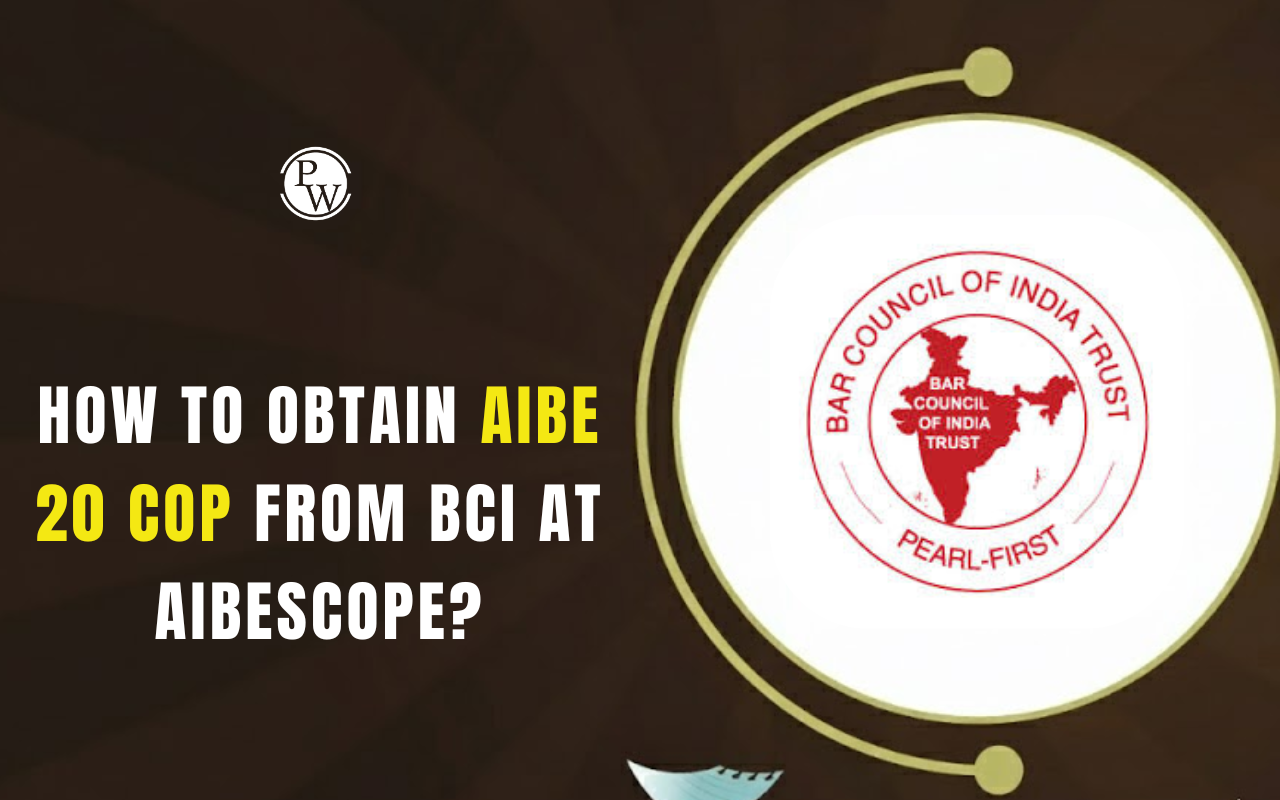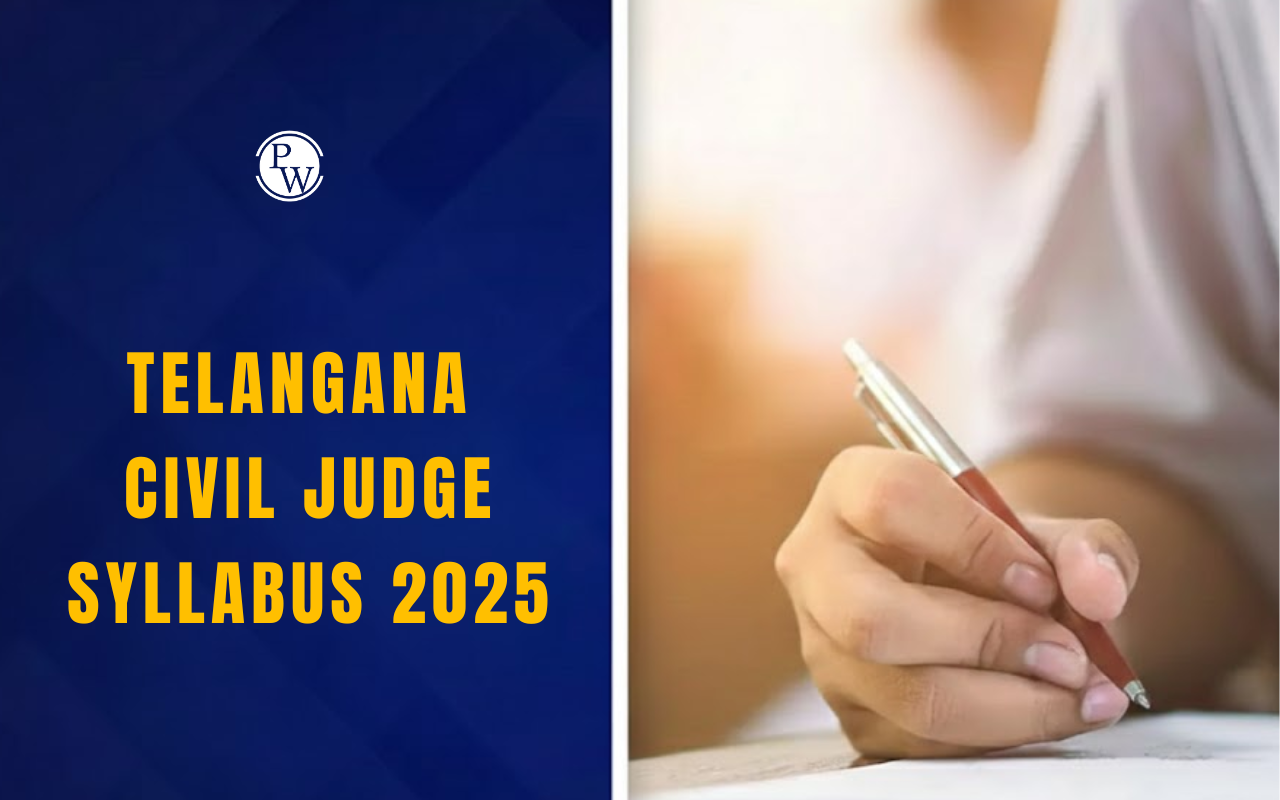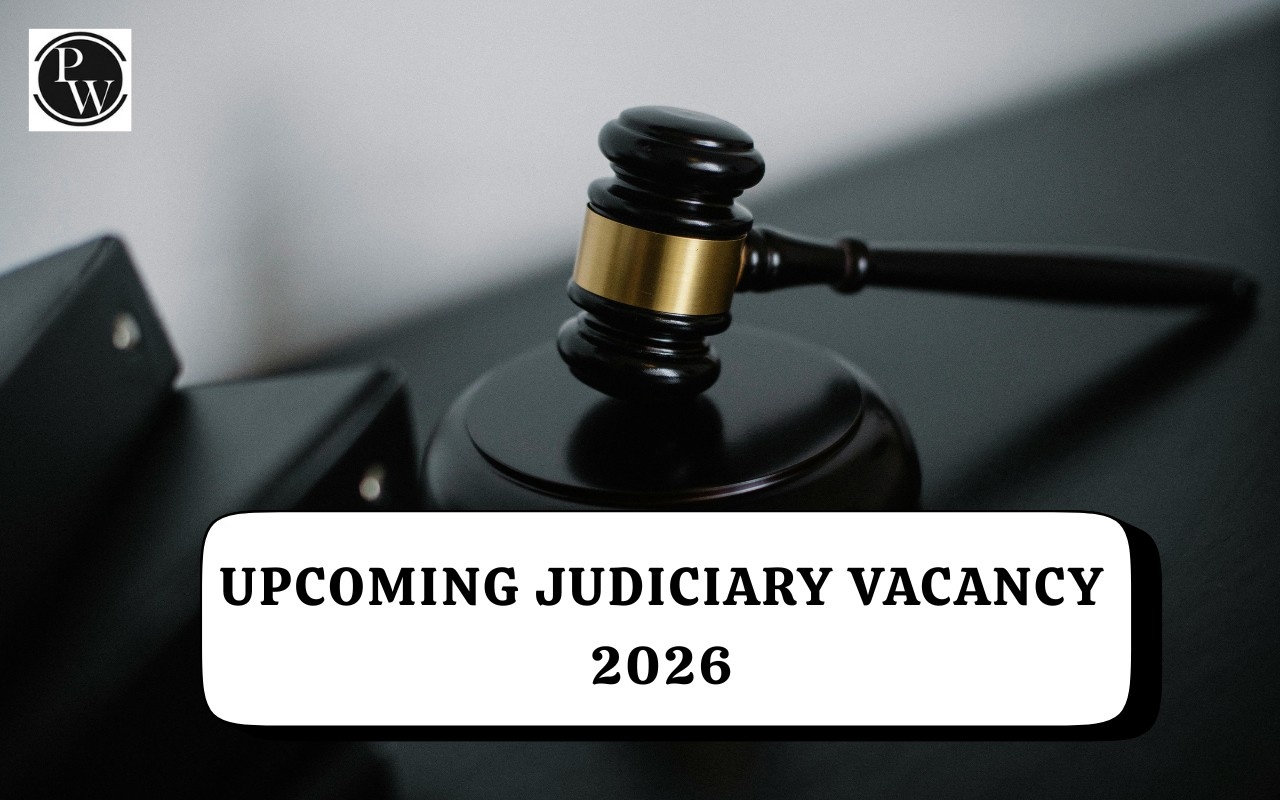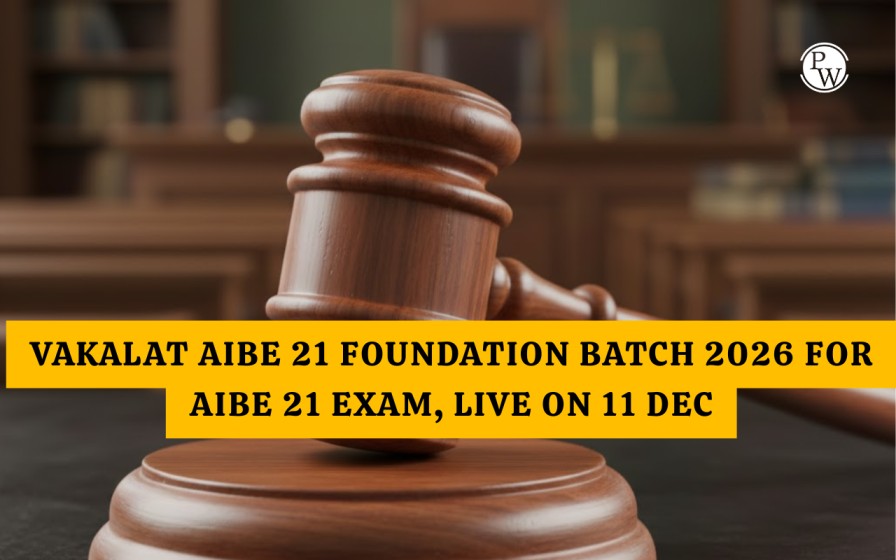
What Is Judicial Review: The doctrine of judicial review is a foundational element in the constitutional framework of India. It ensures that every action of the legislature and the executive adheres to the Constitution. Understanding what judicial review is crucial for learning how a constitutional democracy like India functions. This doctrine not only protects the righteousness of the Constitution but also safeguards the fundamental rights of citizens, making it a cornerstone of democratic governance.
Read on to seek to comprehensively understand what is judicial review, its constitutional framework, types, scope, significance, and criticisms, while also citing key judicial review examples and landmark cases.
What is Judicial Review?
Judicial review is a foundational principle of constitutional governance in India. It ensures that all laws and executive actions coordinate to the Constitution, thereby safeguarding the supremacy of the Constitution and the rights of citizens.
|
Judicial Review Overview |
|
|
Aspect |
Details |
|
Definition |
Judicial Review refers to the power of the judiciary to examine the constitutionality of legislative enactments and executive actions. |
|
Objective |
To ensure that laws and executive actions are consistent with the Constitution of India. |
|
Origin |
Originating in the USA, it was adopted in India as a constitutional mechanism. |
|
Constitutional Basis |
Articles 13, 32, 226, 245, 246, and others of the Indian Constitution. |
|
Types of Judicial Review in India |
|
|
Scope of Judicial Review |
|
|
Landmark Judgements |
|
|
Judicial Review Examples |
Example: A law restricting freedom of speech can be struck down by the courts if found unconstitutional. |
|
Advantages |
|
|
Disadvantages |
|
|
Is Judicial Review in the Constitution? |
The term is not explicitly mentioned, but its provision is embedded through multiple Articles and judicial interpretations. |
|
Current Position |
Judicial Review is a Basic Feature of the Constitution and cannot be shortened, even by constitutional amendments. |
Is Judicial Review in the Constitution?
Although the term judicial review is not explicitly mentioned in the Indian Constitution, its essence is deeply embedded in various articles. The doctrine was borrowed from the United States but has evolved in India through constitutional interpretation and judicial pronouncements. However, several provisions inherently grant this power to the judiciary. Notable among them are:
-
Article 13 – Declares that laws violating Fundamental Rights shall be void.
-
Article 32 and Article 226 – Empower the Supreme Court and High Courts, respectively, to issue writs for the enforcement of Fundamental Rights.
-
Article 136 and Article 143 – Grant appellate and advisory powers to the Supreme Court.
Through these articles, the Indian Constitution implicitly endorses judicial review, which the Supreme Court has recognized as part of the Constitution’s basic structure.
Types of Judicial Review in India
The types of judicial review in India differ and are based on what is being reviewed and on what grounds. Each type is broadly classified based on a unique function in ensuring that justice prevails and that constitutional mandates are upheld.
-
Constitutional Judicial Review: Examines if laws and executive actions align with constitutional mandates.
-
Statutory Judicial Review: Focuses on the interpretation and validity of statutes.
-
Administrative Judicial Review: Scrutinizes decisions made by administrative bodies for legality and fairness.
-
Procedural Judicial Review: Checks whether due legal processes were followed during decision-making.
-
Substantive Judicial Review: Evaluates the reasonableness and fairness of the content of laws and actions.
Scope of Judicial Review
The Scope of Judicial Review in India is extensive but not unlimited. It allows courts to intervene when laws or policies contradict the Constitution or exceed the powers granted to the authorities.
Judicial review in India can be exercised on three principal grounds:
-
Violation of Fundamental Rights
-
Lack of Legislative Competence
-
Contradiction with Constitutional Provisions
Compared to the United States, India's scope of judicial review is narrower due to the principle of "Procedure Established by Law" instead of "Due Process of Law." Nevertheless, it remains a powerful tool to ensure constitutional compliance.
Judicial Review Examples
Understanding what is judicial review becomes clearer through real-world cases. Judicial Review examples help us understand the doctrine through real-life instances where courts have struck down unconstitutional laws. Some notable Judicial Review Examples include:
-
Kesavananda Bharati v. State of Kerala (1973): This landmark case established the doctrine of the Basic Structure, making judicial review an inviolable part of the Constitution.
-
Minerva Mills Ltd. v. Union of India (1980): The Supreme Court reiterated that judicial review is a basic feature of the Constitution.
-
I.R. Coelho v. State of Tamil Nadu (2007): Reaffirmed that even laws placed under the Ninth Schedule are subject to judicial review if they damage the basic structure.
These Judicial Review Examples illustrate the key role played by the judiciary in upholding constitutional values. These examples highlight the judiciary's role in preserving democratic values.
Landmark Judgments Based on Judicial Review
Several landmark judgments have shaped the development and helped to understand what is judicial review in India. These rulings not only analyse the Constitution but also redefine the boundaries of legislative and executive powers. Some of the landmark judgments are:
-
A.K. Gopalan v. State of Madras (1950) – Initially upheld "Procedure Established by Law".
-
Maneka Gandhi v. Union of India (1978) – Expanded the scope of Article 21 and linked it with Articles 14 and 19.
-
Kesavananda Bharati v. State of Kerala (1973) – Introduced the Basic Structure Doctrine.
-
S.R. Bommai v. Union of India (1994) – Strengthened federalism and restricted misuse of Article 356.
-
I.R. Coelho v. State of Tamil Nadu (2007) – Held laws under the Ninth Schedule open to review post-April 24, 1973.
Judicial Review Advantages and Disadvantages
Understanding Judicial Review Advantages and Disadvantages offers a balanced view of its impact:
Advantages:
-
Constitutional Supremacy: Ensures all laws conform to constitutional norms.
-
Protection of Rights: Guards against arbitrary infringement of fundamental rights.
-
Checks and Balances: Prevents concentration and misuse of power.
-
Federal Equilibrium: Maintains balance between the Center and the States.
-
Minority Protection: Shields marginalized groups from oppressive laws.
-
Judicial Independence: Upholds the autonomy of the judiciary.
-
Transparency and Accountability: Enforces responsible governance.
Disadvantages:
-
Judicial Overreach: The Possibility of courts encroaching on legislative/executive domains.
-
Delays and Costs: Can lead to procedural backlogs and litigation expenses.
-
Undermining Legislature: Risks undermining the will of the elected representatives.
-
Inconsistencies in Judgments: Different benches may offer varying interpretations.
Despite its challenges, the significance of judicial review remains agreed upon a democracy governed by the rule of law.
Evolution and Importance of Judicial Review
The concept of what is judicial review finds its roots in the American legal system but has been firmly embedded into Indian jurisprudence. The power was judicially recognized and constitutionally fortified by landmark judgments.
The importance of judicial review lies in its ability to:
-
Preserve the Constitution's basic structure
-
Act as a protector of individual liberties
-
Prevent arbitrary governance
-
Maintain the balance of federal power
It ensures that governance stays within constitutional limits and democratic principles are not compromised.
Judicial Review of the 9th Schedule
A notable area where judicial review has evolved significantly is the 9th Schedule of the Constitution. Initially designed to protect land reform and socio-economic legislation from judicial scrutiny, it has seen increased litigation over time.
Key Developments:
-
First Amendment (1951): Introduced Article 31B and the 9th Schedule to protect certain laws.
-
Kesavananda Bharati Case (1973): Opened the door for judicial scrutiny of such laws violating the basic structure.
-
I.R. Coelho Case (2007): Reaffirmed that laws in the 9th Schedule after 24th April 1973 are not immune if they damage Fundamental Rights or the basic structure.
This transformation underlines how judicial review continues to adapt to contemporary constitutional needs.
Gain a deeper understanding of court procedures, case analysis, and legal reasoning through our specialized judiciary courses available at online judiciary coaching.
What Is Judicial Review FAQs
What do you mean by judicial review?
What is judicial review under Article 13?
What is the judicial review under Article 226?
Is judicial review in the Constitution?
What is the scope of judicial review in India?
Is judicial review in Constitution of India mentioned directly?










